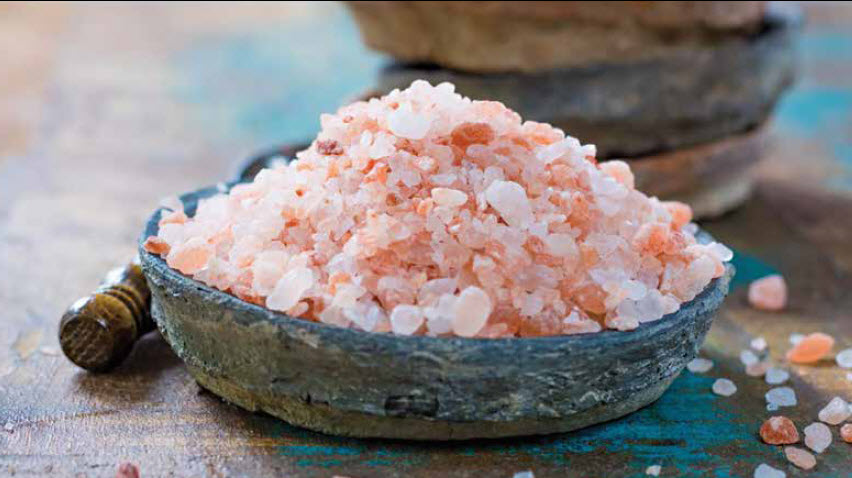Don’t Get Salty – Health and Fitness
 By: Nick Thomas
By: Nick Thomas
Most of us do not realize how much salt we take in each day without even picking up a salt shaker. In our society, it is especially easy to overdo this due to so many highly-processed, pre-packaged foods and how much we eat from drive-throughs and restaurants. According to the U.S. Centers for Disease Control and Prevention, the average American consumes roughly 3,500 milligrams of sodium every day; however, it is recommended to keep your sodium intake between 1,500 and 2,300 milligrams a day. This will keep you at lower risk for high blood pressure and other cardiovascular problems. There are a few ways you can manage your sodium intake — from what type of salt you use to how you use it — because despite all of this, sodium is actually necessary for your body to function at its best. So let’s break it down.

The correct amount of sodium helps maintain the balance of fluids in your body and is also a huge factor in muscle function. Sodium makes sweat possible, which is what allows your body to cool down avoiding dehydration and heat stroke. If you do not consume enough salt you can have muscle spasms, irregular heart rhythms, and general weakness. So let’s just say that moderation is key when it comes to this salt intake issue.
By cooking at home the majority of the time, you can achieve sodium moderation best. When you use all natural, fresh whole foods in your cooking, truly cooking from “scratch”, you have total control over what goes in your body. We all like how salt flavors our food, but we want to make the best choice in the quality of salt we use so we get the most benefit possible. There are many different salts that have high mineral content and a reduced sodium content, but when taking availability and cost into consideration, I recommend pink sea salt. By using pink sea salt instead of the many other varieties available, especially traditional table salt, you will greatly decrease the sodium you get while still achieving the flavor you crave. Pink sea salt is extremely rich in iron, calcium, magnesium, and potassium. It also contains trace amounts of copper, iodine, zinc and selenium. In addition to the sodium, these minerals all benefit our bodies. Pink sea salt can be found at most grocery stores now and comes in a variety of forms from large blocks you grate yourself to smaller coarse grains to fine granules. All shapes and sizes have the same benefits; it is just your preference as to what form you like best.
Another way to cut back on salt and not sacrifice flavor is to use more fresh herbs and spices. Herbs such as rosemary, sage, thyme, black pepper, and oregano have great antioxidants, an added bonus. It is best to avoid prepackaged seasoning mixes as they tend to have added sodium and preservatives. Get creative and really enjoy the simplicity of using herbs and all natural, whole foods when you cook. Try new combinations and think outside the box. Healthy food does not have to be bland or boring!
For more information regarding a personalized general or sports nutrition plan contact me at Prime Performance 423-805-0870.
By: Nick Thomas
Owner of Prime Performance Training and Certified Sports Nutritionist
